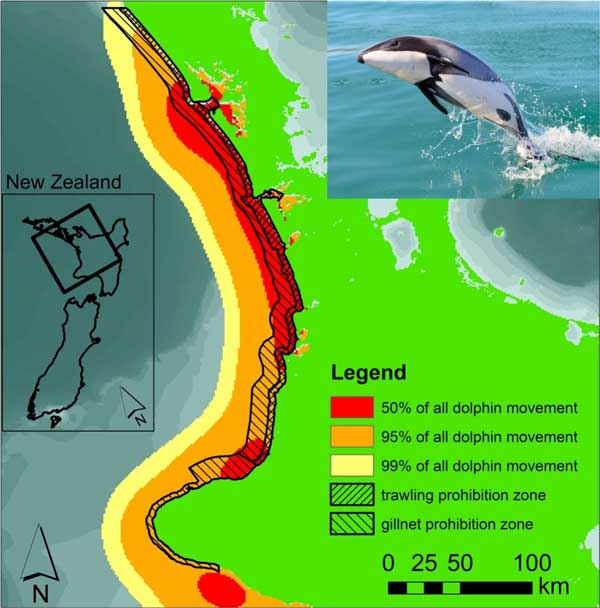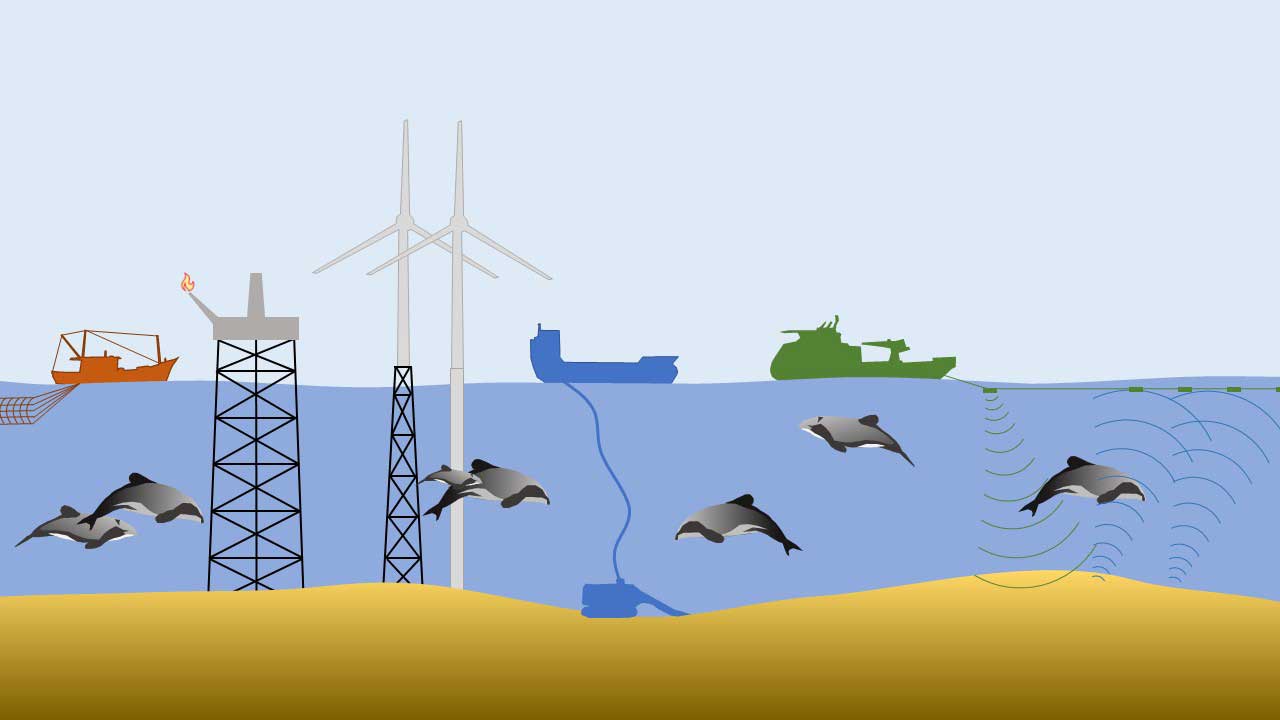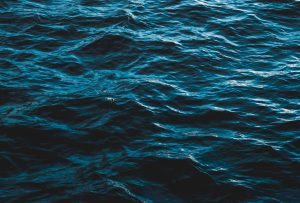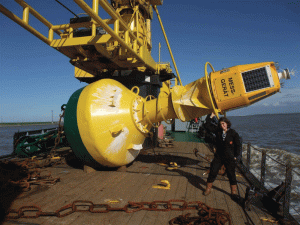Toitū te marae a Tāne-Mahuta, Toitū te marae a Tangaroa, Toitū te tangata
If the land is well and the sea is well, the people will thrive (Maori proverb)
On 7th May 2019, the Intergovernmental Science Policy Platform on Biodiversity and Ecosystem Services (IPBES) released the first global biodiversity assessment since 2005 (draft chapters and summary report). Comprising nearly 15,000 references, a team of 150 leading international experts of the natural and social sciences from 50 countries worked with IPBES for more than three years to inform better policies and actions. Release of the ‘Summary for policy makers’, launched at the United Nations Educational, Scientific and Cultural Organisation’s (UNESCO’s) world headquarters in Paris, lead to a global outcry of dismay from the media and conservationists to strive for a transformative change of our society. The summary discusses the main causes of biodiversity loss and outlines the future for their conservation over the next three decades.
According to the international report, over one million species worldwide are currently threatened with extinction, with declines accelerating. Among these are 4,000 endemic (only found in) New Zealand (NZ) species, including: the Maud Island Frog (Leiopelma pakeka), NZ fairy tern (Sternula nereis davisae), NZ pigeon (Hemiphaga novaeseelandiae) and the famous flightless kiwis (Apteryx sp.). Three of NZ’s endemic marine mammals have also been classified as threatened: NZ sea lion (Phocarctos hookeri) and NZ’s only endemic cetaceans, two recently recognised subspecies of Hector’s dolphin (Cephalorhynchus hectori), the South Island’s Hector’s dolphin (C. h. hectori) and the North Islands’ Māui’s dolphin (C. h. maui; Baker et al., 2002). Both subspecies are the world’s only known cetaceans with a well-rounded dorsal fin, and are hence easily identified.

Recognition of a new subspecies follows certain protocols; once a population has been isolated geographically and reproductively, to the extent that the subspecies has developed morphological or genetic distinctions from the original species, but still has the potential to effectively cross-reproduce (Mayr, 1970), it can be considered a subspecies. In the case of the Hector’s dolphin, four sub-populations have been identified genetically (Pichler, 2002), with no gene flow connection between the three South Island populations to the smallest population solely residing off the North Island, presumably isolated for 15–16,000 years, named Māui’s dolphin (Baker et al., 2002; Hamner et al., 2012). Although the two subspecies may look identical, sharing the same features of a rounded black dorsal fin and a lightly grey coloured body, black and white patterning around their heads and along their ventral body side, they are genetically and morphologically different. Māui’s dolphins have larger skulls and longer, wider rostrums (‘snout’ part of the skull) and can be differentiated through mitochondrial DNA and microsatellite genotype analysis (Hamner et al., 2012).
The world’s smallest known dolphin, Māui’s dolphin is a subspecies to one of four species in the genus Cephalorhynchus, all of which are small dolphin’s, endemic to coastal waters of the Southern Hemisphere (Dawson, 2018). The name Māui originates from the indigenous NZ language ‘Maori’, and its name for the North Island, namely ‘Te Ika a Māui’, translating to ‘the fish of Māui’. According to Māori mythology, demigod Māui was fishing with his magic fishhook off the South Island, when he caught a great fish that later became the North Island, where Māui’s dolphins have been found.
Primarily residing in waters less than 150 m depth, their diet consists of small schooling fish and squid, reflecting prey availability (reviewed in Miller et al., 2012). While many other dolphins use whistles to communicate via echolocation, Cephalorhynchus dolphins appear to rely solely on high frequency clicks (Dawson, 2018). Research suggests that this technique (also applicable to porpoises, e.g. harbour porpoises, Phocoena phocoena) might have evolved as an anti-predator mechanism against killer whale (Orcinus orca) predation, due to decreased chances of detachability (Morisaka and Connor, 2007). To enable the public to better understand their communication, the University of Otago, NZ, has transformed their sound clicks (with 125Hz) to a lower frequency, allowing humans to hear their voices.
Distribution of Māui’s dolphin, once a more widely observed species along the west and east coasts of the North Island (Slooten et al., 2005), has been restricted to a region of approximately 140–300 km in length along the west coast of the North Island (Oremus et al., 2012; Brough et al., 2019; de Jager et al., 2019).

There are a wide variety of potential threats to this species; however, the primary reason for their decline is believed to stem from fishing activities and increasing marine traffic as outlined in the ‘Hector’s and Māui’s dolphin Threat Management Plan’ (DoC, 2007).

To try and reverse this population decline, the NZ government established a marine mammal sanctuary along the west coast off the North Island (DoC, 2013), and implemented a range of restrictions to commercial net fishing activities (Stewart and Callagher, 2013), with increased enforcements after the death of a Māui dolphin in 2012 (Hamner et al., 2014). All these restrictions have not yet been sufficient to enhance the population recovery (de Jager et al., 2019). While anthropogenic factors still pose the biggest overall threat to marine mammals, a recent study identified an infectious disease, Toxoplasmosis, to be the cause of 25% of mortality of Hector’s dolphins (Roe et al., 2013). More research needs to be conducted in order to fully understand the role of this disease in the marine environment and its infectious potential and linkage between humans and marine mammals (Van Bressem et al., 2009).
As a result to the decline of the Māui’s dolphin, the species has been classified as ‘critically endangered’ by the International Union for Conservation of Nature (IUCN, 2012) and as ‘Nationally critical’ by the Department of Conservation (DoC) in the New Zealand Threat Classification System (Baker et al., 2010; Baker et al., 2016b). Recent microsatellite genotype identification models, particularly useful for the low number of natural body markings, revealed that the population has likely declined during the study periods of 2001–2016, with an estimated remaining population size of around 55–63 individuals (Baker et al., 2013; Baker et al., 2016a). Unfortunately, in addition to their restricted geographic range and small population size, Hector’s dolphins in general have a slow reproduction rate and are relatively short-lived, with females reaching reproductive age nearly half way (7-9 years) through their maximum age up of around 20 years (Slooten, 1991), additionally endangering their survival (Davidson et al., 2012).
Overall, the species with the characteristically round shaped dorsal fin are an important part of NZ’s natural heritage, similar to the kiwi. Although Māui’s dolphins are extremely threatened, there is still hope for subspecies if further mortalities are prevented. To engage the public on their protection, the NZ government, DoC, has launched a community sighting program (‘Rounded fin? Send it in!’) and is working with a range of stakeholders and local scientists to find additional ways to protect the species.

REFERENCES:
Baker, A.N., Smith, A.N., and Pichler, F.B. (2002): Geographical variation in Hector’s dolphin: Recognition of new subspecies of Cephalorhynchus hectori. Journal of the Royal Society of New Zealand 32, 713-727.
Baker, C., Chilvers, B., Constantine, R., DuFresne, S., Mattlin, R., Van Helden, A., and Hitchmough, R. (2010): Conservation status of New Zealand marine mammals (suborders Cetacea and Pinnipedia), 2009. New Zealand Journal of Marine and Freshwater Research 44, 101-115.
Baker, C., Hamner, R., Hickman, G., Boren, L., Arlidge, W., and Constantine, R. (2016a): Estimating the abundance and effective population size of Māui’s dolphins using microsatellite genotypes in 2015–16, with retrospective matching to 2001–07. Department of Conservation, Auckland, 1-70.
Baker, C.S., Chilvers, B., Childerhouse, S., Constantine, R., Currey, R., Mattlin, R.H., Van Helden, A., Hitchmough, R., and Rolfe, J.R. (2016b): Conservation status of New Zealand marine mammals, 2013. Publishing Team, Department of Conservation.
Baker, C.S., Hamner, R.M., Cooke, J., Heimeier, D., Vant, M., Steel, D., and Constantine, R. (2013): Low abundance and probable decline of the critically endangered Maui’s dolphin estimated by genotype capture-recapture. Animal Conservation 16, 224-233.
Brough, T., Rayment, W., Slooten, E., and Dawson, S. (2019): Fine scale distribution for a population of New Zealand’s only endemic dolphin (Cephalorhynchus hectori) shows long‐term stability of coastal hotspots. Marine Mammal Science 35, 140-163.
Davidson, A.D., Boyer, A.G., Kim, H., Pompa-Mansilla, S., Hamilton, M.J., Costa, D.P., Ceballos, G., and Brown, J.H. (2012): Drivers and hotspots of extinction risk in marine mammals. Proceedings of the National Academy of Sciences of the United States of America 109, 3395-400.
Dawson, S.M. (2018): Cephalorhynchus Dolphins: C. heavisidii, C. eutropia, C. hectori, and C. commersonii: Encyclopedia of marine mammals. Elsevier, pp. 166-172.
de Jager, M., Hengeveld, G.M., Mooij, W.M., and Slooten, E. (2019): Modelling the spatial dynamics of Maui dolphins using individual-based models. Ecological Modelling 402, 59-65.
DoC (2007): Hector’s and Maui’s Dolphin Threat Management Plan: Draft for public consultation. Ministry of Fisheries and Department of Conservation.
DoC (2013): Marine Mammals Protection (West Coast North Island Sanctuary) Notice 2008. Reprint, Published under the authority of the New Zealand Government, Wellington, New Zealand.
DoC (2019a): Māui dolphin. Available at: https://www.doc.govt.nz/nature/native-animals/marine-mammals/dolphins/maui-dolphin/ [Accessed 07/06/19].
DoC (2019b): Report sightings of Māui dolphin. Available at: https://www.doc.govt.nz/nature/native-animals/marine-mammals/dolphins/maui-dolphin/report-sightings/ [Accessed 07/06/19].
Hamner, R.M., Pichler, F.B., Heimeier, D., Constantine, R., and Baker, C.S. (2012): Genetic differentiation and limited gene flow among fragmented populations of New Zealand endemic Hector’s and Maui’s dolphins. Conservation Genetics 13, 987-1002.
Hamner, R.M., Wade, P., Oremus, M., Stanley, M., Brown, P., Constantine, R., and Baker, C.S. (2014): Critically low abundance and limits to human-related mortality for the Maui’s dolphin. Endangered Species Research 26, 87-92.
IUCN (2012): Actions to avert extinctions of rare dolphins: Maui’s dolphins, Hector’s dolphins, Vaquita and South Asian river dolphins.
Mayr, E. (1970): Populations, species, and evolution: an abridgment of animal species and evolution. Harvard University Press.
Miller, E., Lalas, C., Dawson, S., Ratz, H., and Slooten, E. (2012): Hector’s dolphin diet: the species, sizes and relative importance of prey eaten by Cephalorhynchus hectori, investigated using stomach content analysis. Marine Mammal Science.
Morisaka, T., and Connor, R.C. (2007): Predation by killer whales (Orcinus orca) and the evolution of whistle loss and narrow-band high frequency clicks in odontocetes. Journal of Evolutionary Biology 20, 1439–1458.
Oremus, M., Hamner, R.M., Stanley, M., Brown, P., Baker, C.S., and Constantine, R. (2012): Distribution, group characteristics and movements of the Critically Endangered Maui’s dolphin Cephalorhynchus hectori maui. Endangered Species Research 19, 1-10.
Pichler, F.B. (2002): Genetic assessment of population boundaries and gene exchange in Hector’s dolphin. Department of Conservation Wellington (New Zealand).
Roe, W.D., Howe, L., Baker, E.J., Burrows, L., and Hunter, S.A. (2013): An atypical genotype of Toxoplasma gondii as a cause of mortality in Hector’s dolphins (Cephalorhynchus hectori). Veterinary Parasitology 192, 67-74.
Slooten, E. (1991): Age, growth, and reproduction in Hector’s dolphins. Canadian Journal of Zoology 69, 1689-1700.
Slooten, E., Dawson, S., Rayment, W., and Childerhouse, S. (2005): Distribution of Maui’s dolphin, Cephalorhynchus hectori maui. New Zealand Fisheries Assessment Report 28, 21.
Stewart, J., and Callagher, P. (2013): Industry response to the 2003 set net restrictions for protection of Maui′s dolphin. Marine Policy 42, 210-222.
Van Bressem, M.F., Raga, J.A., Di Guardo, G., Jepson, P.D., Duignan, P.J., Siebert, U., Barrett, T., Santos, M., Moreno, I.B., Siciliano, S., Aguilar, A., and Van Waerebeek, K. (2009): Emerging infectious diseases in cetaceans worldwide and the possible role of environmental stressors. Diseases of Aquatic Organisms 86, 143-157.



